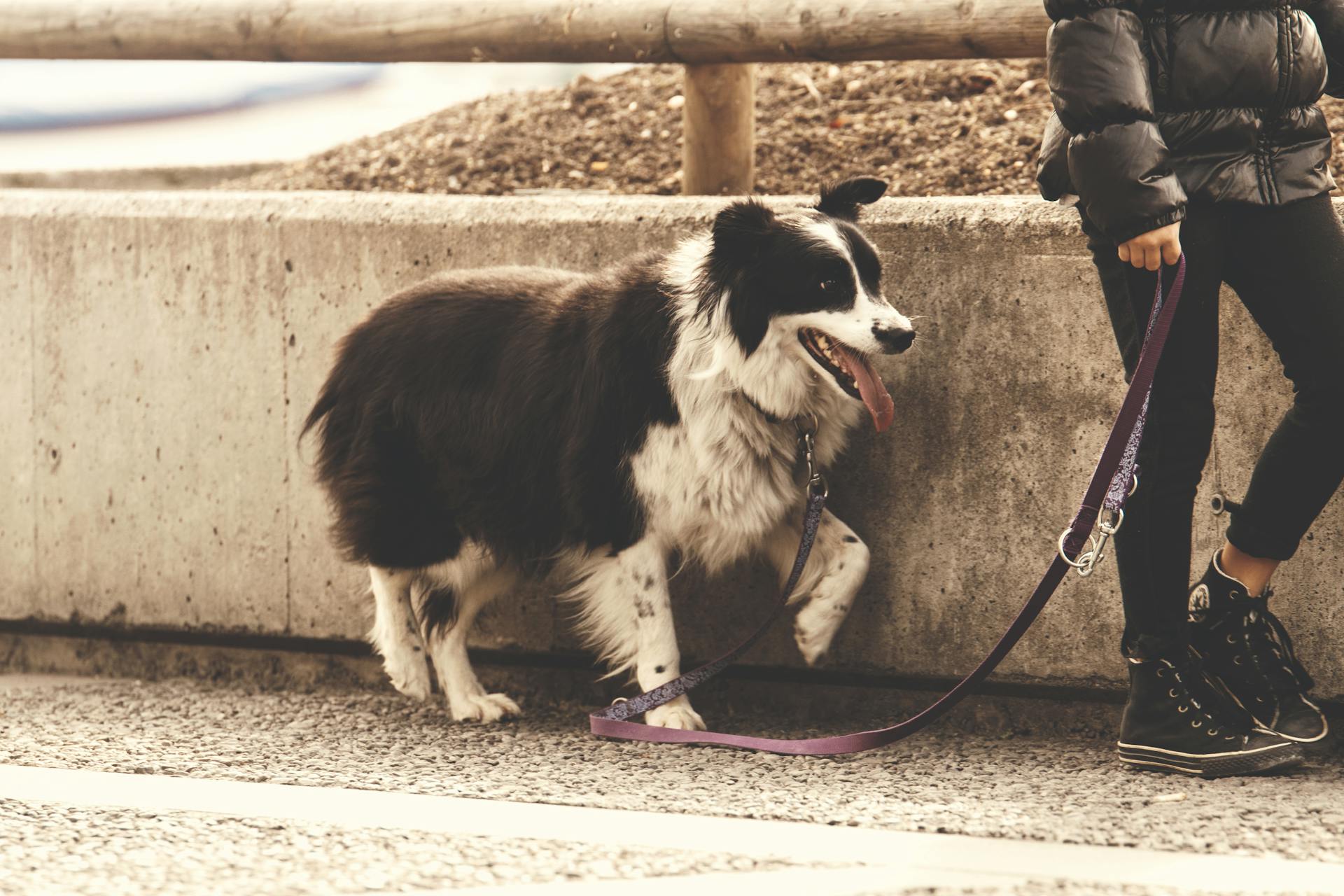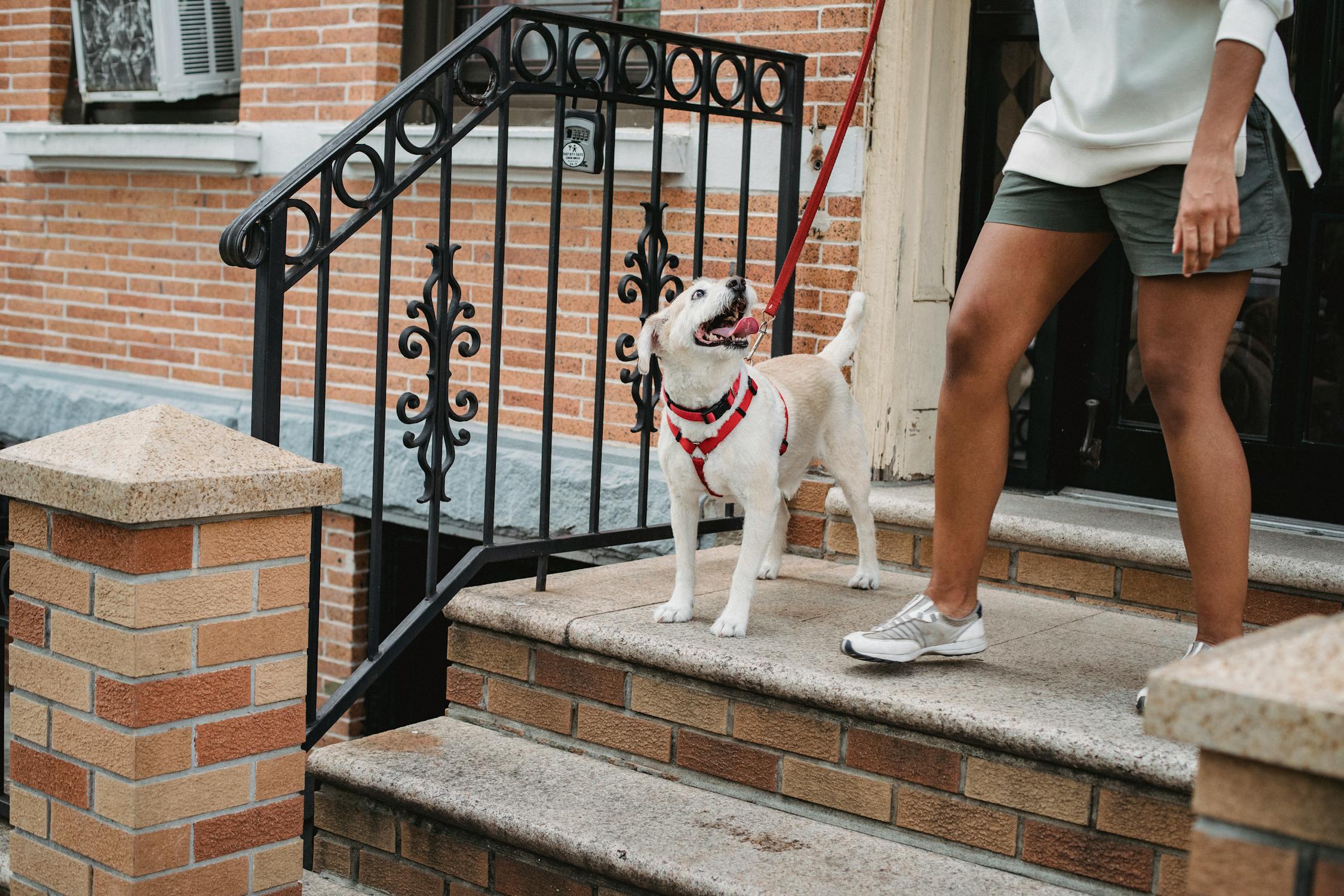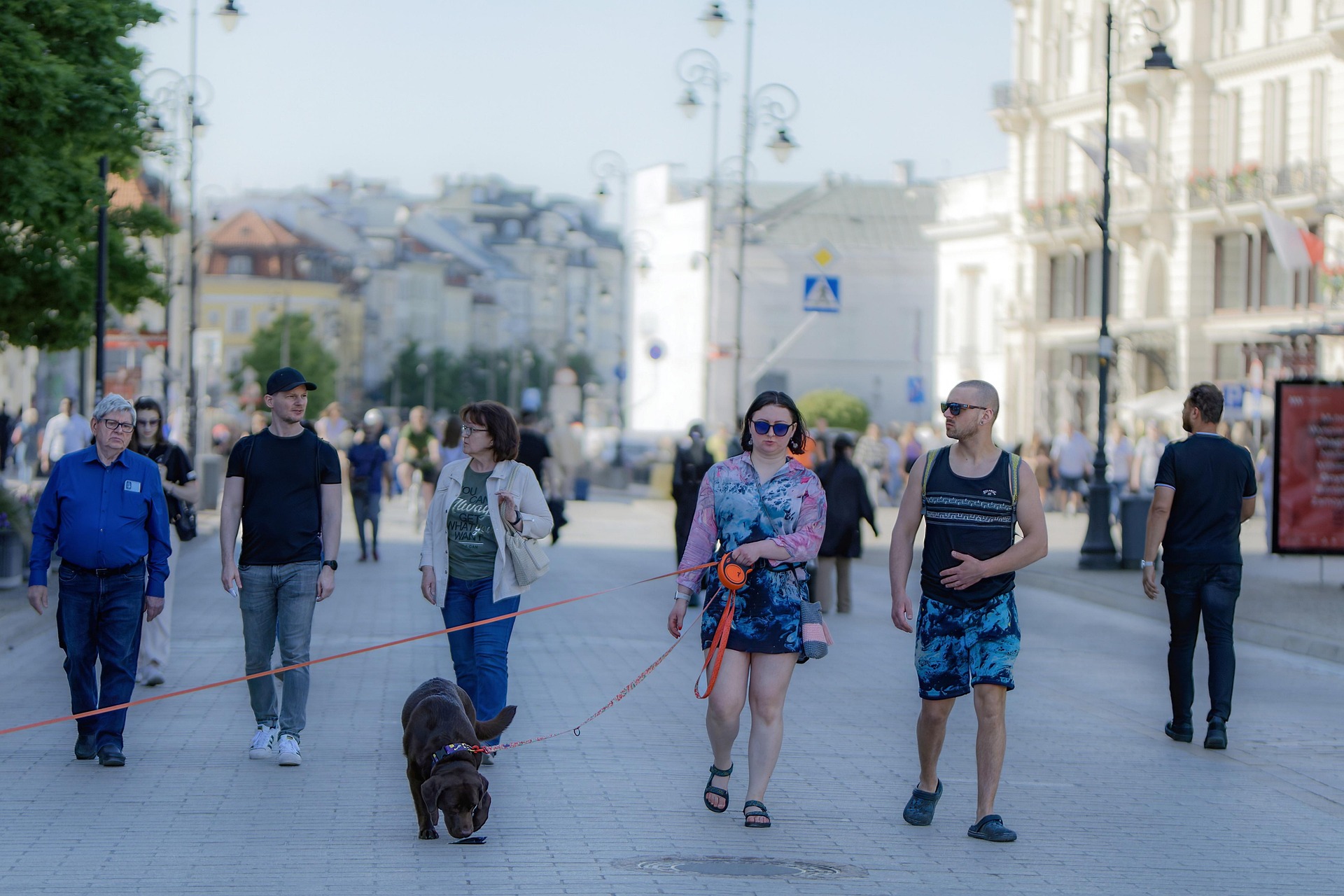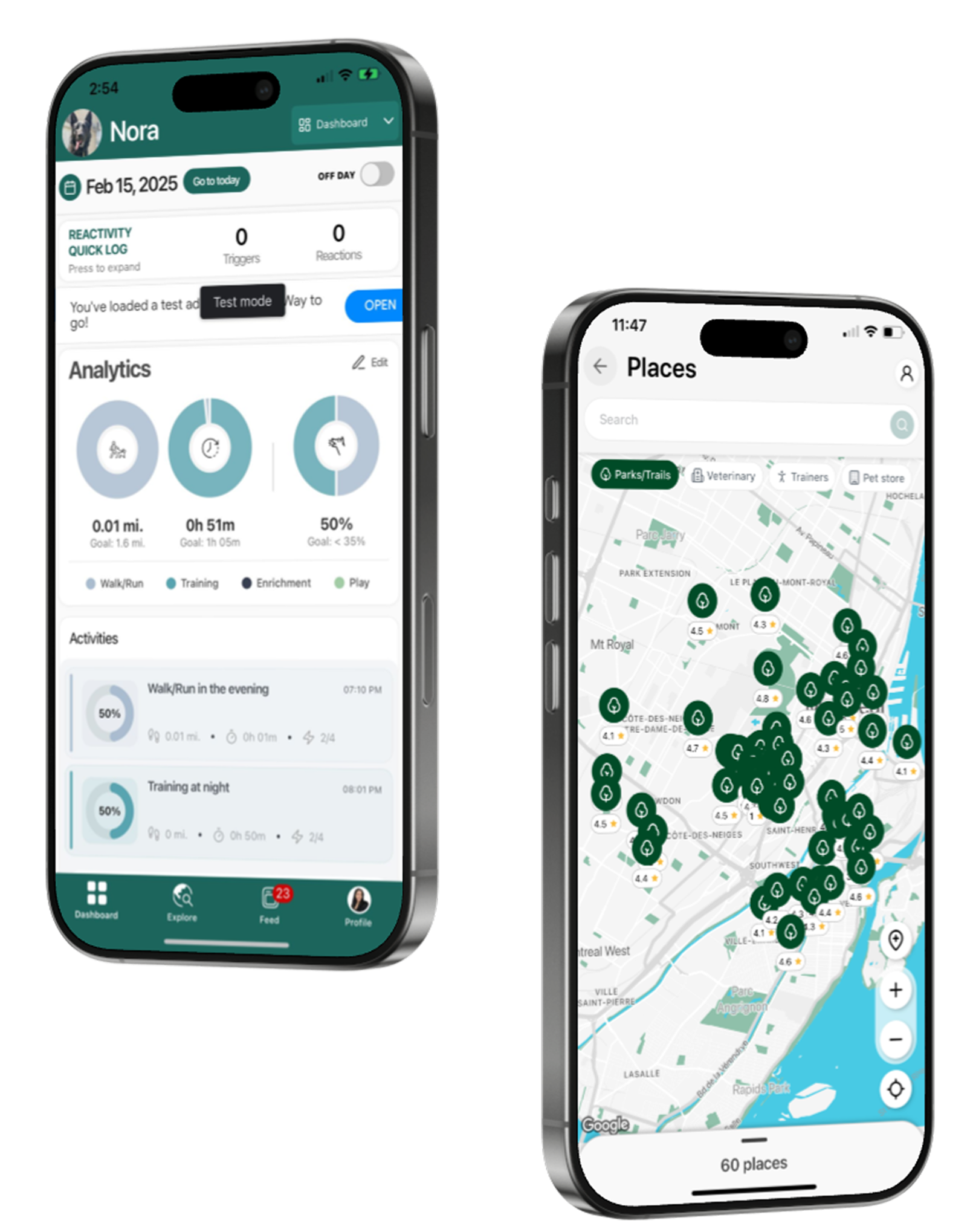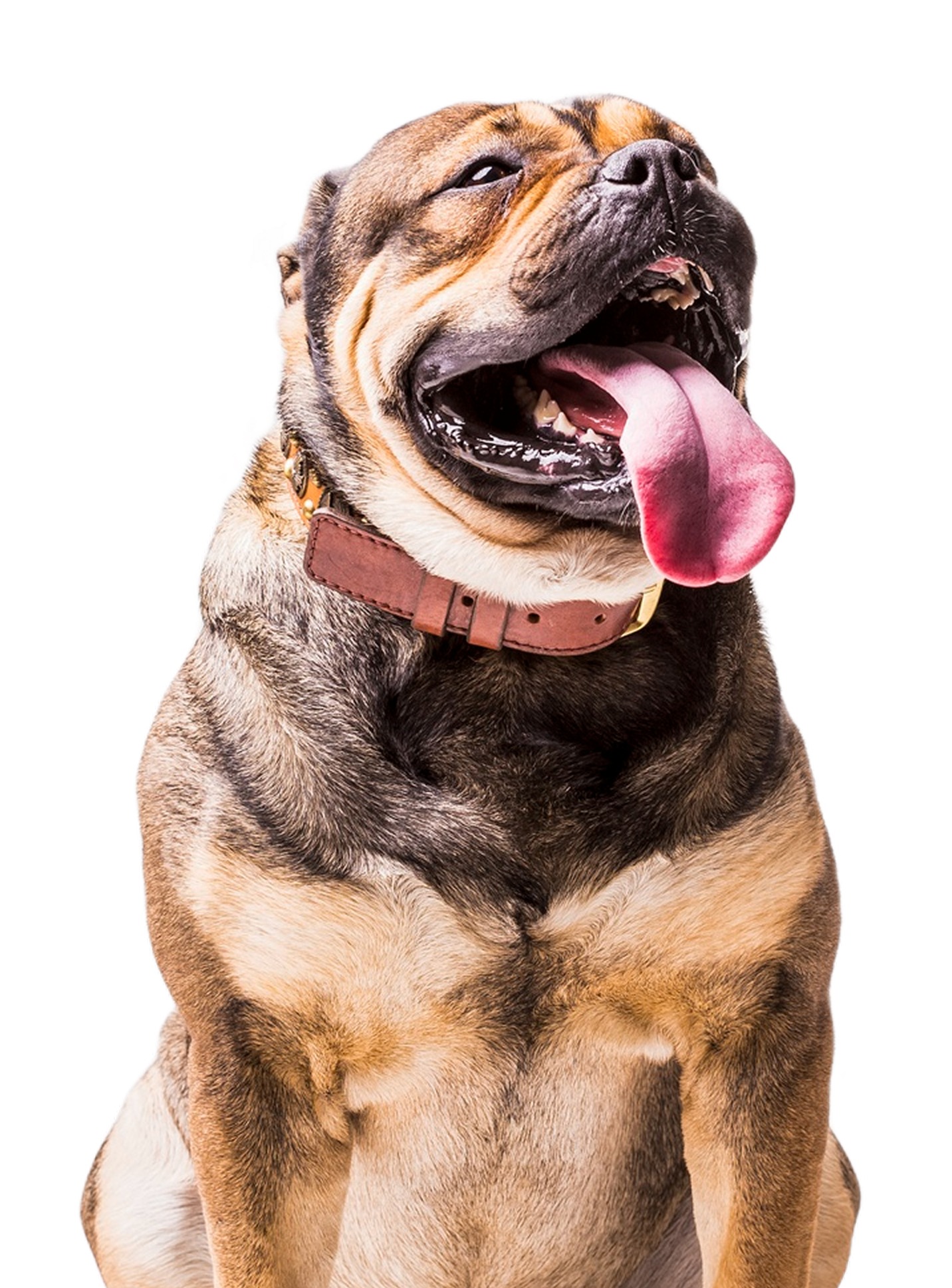How to Handle Unexpected Triggers with a Reactive Dog
By Christelle S. • 2025-03-26
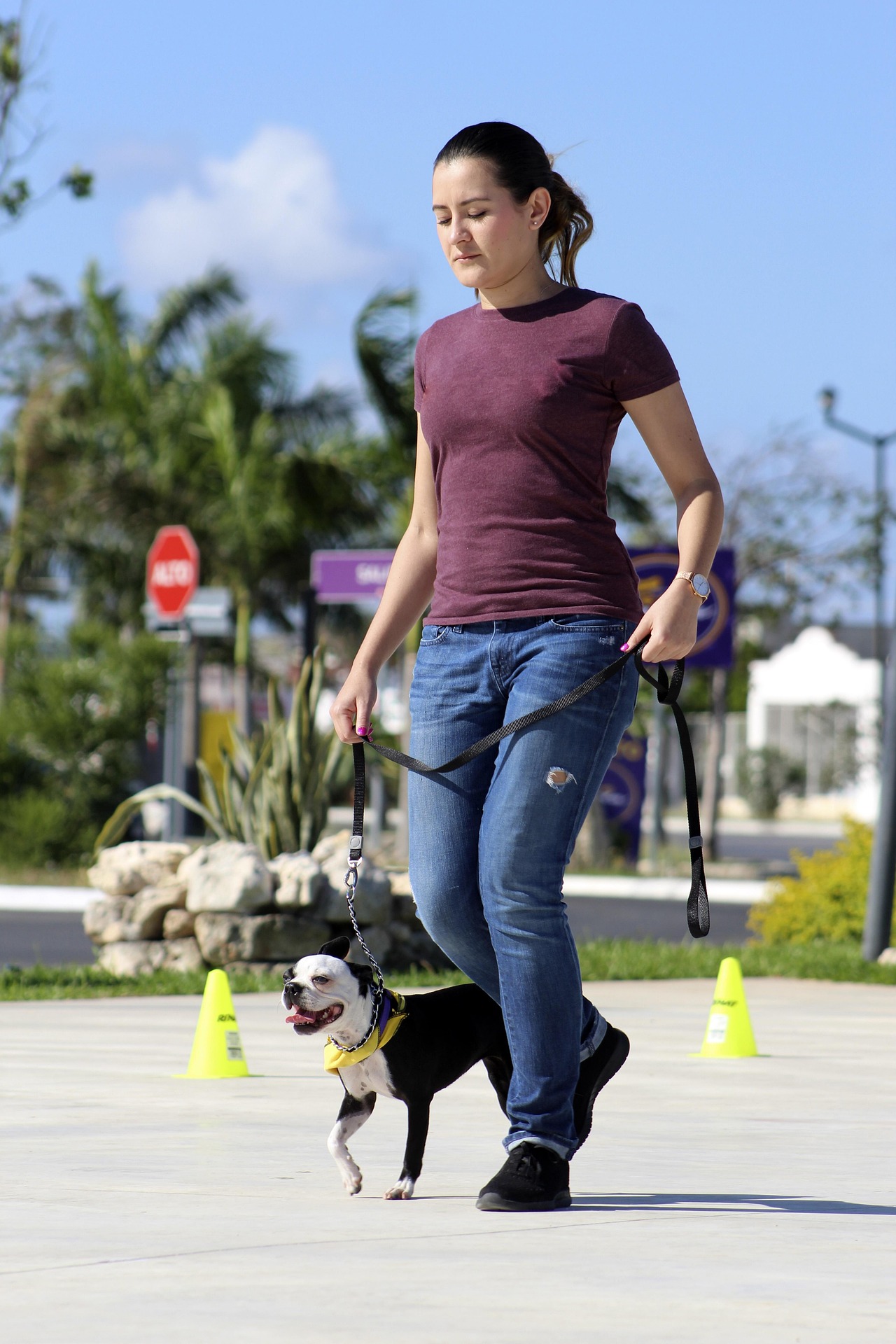
As reactive dog owners, we do everything we can to plan ahead. We choose quiet routes, check for off-leash dogs, and scan for potential triggers before they even happen. But no matter how prepared we are, there will always be unexpected moments—a dog appearing around the corner, a sudden loud noise, or a person rushing toward us.
So what do you do when you’re caught off guard? Here are some tips to help you and your dog navigate those surprise situations.
1. Stay Calm (Even If Your Dog Isn’t)
Easier said than done, right? But your dog takes cues from you. If you tense up, they will too. Take a deep breath, keep your movements slow, and try to project calm confidence. Even if your dog reacts, your ability to stay steady will help them recover faster.
2. Use a Quick Escape Route
When you see a trigger coming but don’t have much time to react, create distance fast. You can:
- Cross the street 🚶♂️➡️
- Make a U-turn 🔄
- Duck behind a parked car 🚗
- Step into a driveway or side path 🏡
Putting space between your dog and the trigger gives them a better chance to stay under threshold.
3. Have a “Let’s Go” Cue Ready
Training a simple cue like “Let’s go!” (paired with a quick turn in the opposite direction) can be a lifesaver. Practice it in low-stress situations so your dog knows it means “we’re moving NOW.”
4. Carry Emergency Distractions
Some dogs can be redirected with high-value treats or a favorite toy. Others might respond better to a scatter feed (tossing treats on the ground to break focus) or a pattern game (like walking in a zigzag to reset their brain).
5. Use a Visual Barrier When Possible
If your dog is triggered by seeing something, blocking their view can help. Some quick ways to do this:
- Stand between your dog and the trigger 🚧
- Move behind a bush, car, or bench 🌳
- Use a treat magnet (holding a treat at their nose and guiding them in a turn)
6. Have a Post-Reaction Recovery Plan
If your dog does react, don’t panic. Focus on helping them recover:
- Increase distance from the trigger 🚶♀️
- Speak in a soothing tone 🗣️
- Give them time to reset before continuing
Reactivity doesn’t mean failure—it just means your dog needs help handling the world.
7. Track Triggers to Spot Patterns
Unexpected triggers feel random, but tracking them over time can reveal patterns. Using an app like Reacpaw, you can log: ✔ What triggered your dog 🐕 ✔ Where and when it happened 🕒 ✔ How intense their reaction was 🔥
Tracking helps you predict future challenges and find ways to manage them more effectively.
8. Be Kind to Yourself
Even the most well-trained, well-managed reactive dogs will have bad days. That’s okay. Every walk, every reaction, and every recovery is part of the journey. You’re doing an amazing job just by showing up for your dog. 💙🐾
Have you ever had to deal with an unexpected trigger? What worked for you?

